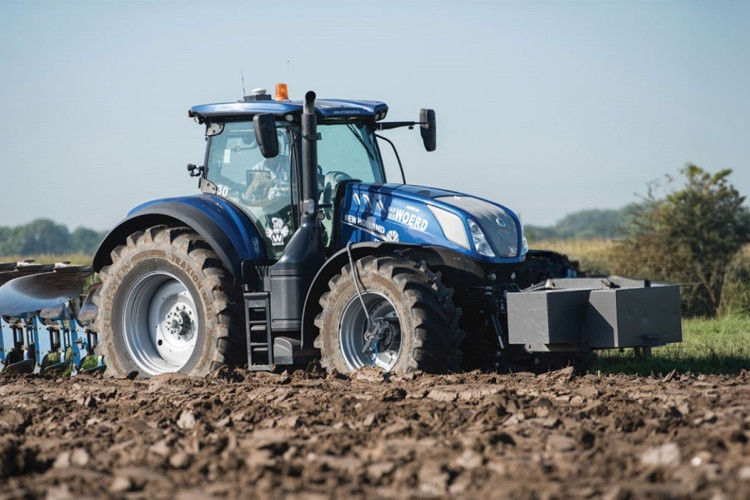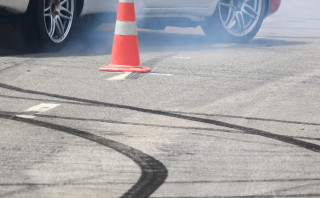Testing braking distance at various tread depths
At Tyrehub, we like to make the odd joke. But not this time. This is too serious. You need to read what’s written below and then share it. We need to increase awareness of an issue which is already showing signs of having disastrous consequences. We’re talking about our WOF laws, tyre tread depth, braking distances and the worrying rise in tyre related accidents.
The Changing of WOF intervals
Back in August 2013, the Government signed into Law the Land Transport Rule: Vehicle Standards Compliance Amendment (No.2) 2013. The amendment made some major changes to WOF intervals. Why do it? The prevailing line at the time was it would save New Zealanders $1.8 billion over 30 years without compromising road safety. The savings would come from extending WOF intervals. New vehicles would only need a WOF after 3 years. All light vehicles registered after 1st January 2000 would be subject to an annual inspection. Cars registered before that date would remain on the 6 monthly WOF intervals.
The changes were welcomed by most. The AA surveyed their members and more than 70% were in favour of fewer WOF inspections. At the time, AA Motoring Policy principal advisor said “The six monthly inspection regime has no measurable impact on the number of crashes and has not kept pace with vehicle technology, reliability and safety.''
The Alarming Rise in Tyre related Serious or Fatal Crashes
Up until 2013, the number of fatal crashes per 100,000 people in NZ was on a steady decline, down to a record low of 5.7. This was a reduction of half from just a decade earlier (11.5 in 2003). In short, the figures were going in the right direction. The prevailing wisdom was advancements in car technology and safety was an important driver of the improving numbers.
However, the relationship between car safety and tyre condition might be well known but is drastically under-appreciated. All those advances in car technology and safety can easily be undermined by the performance of the tyres. Continental proved this when they tested a 2000 BMW versus a 2015 BMW. They fitted the older BMW with the latest tyres and the 2015 model with a previous version. The braking distance of the old car with newer technology tyres was 20% shorter than that of the new car with older tyres. What does this mean exactly? It means no matter the technological and safety improvements of automobiles, their ability to reduce the seriousness of an accident, or avoid one, is greatly dependent on the performance of the tyres.
When the WOF intervals changed, one of the worries was the effect on tyre safety. Many motorists never check their tyres and rely on the WOF inspection to inform them if their tyres are safe or not. The minimum tread depth of 1.5mm in NZ is too low and there have been calls for it to be raised. So, if your tyres are at an already dangerous (but WOF passable) tread depth and the time between WOF inspections has doubled, it is fair to assume those who rely on the WOF to check tyre safety may very well find themselves driving below the legal minimum for a period of time.
The message from NZTA is that the onus of tyre safety (as part of regular vehicle checks) are on the owner and the WOF is a check at a moment in time. They’re right. But...there needs to be a behavioural shift in how many approach tyre safety or there will be issues. And there are issues and they are grave.
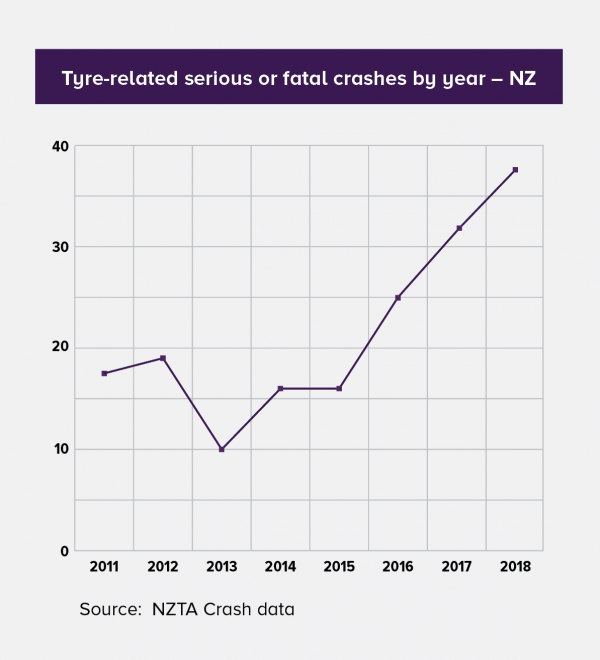
Tyre-related serious or fatal crashes have risen by 235% since WOF laws changed. This is a disturbing rise, specially given that car safety technology such as crumple zones and electronic stability control has been not only improving, but steadily becoming more common on the road each year. But safety technology in tyres only works until the tyres are worn, and some ½ million vehicles per year fail their WOF on tyres. We simply do not check our tyres regularly enough between WOFs.
It might just get worse yet too. The average age of light passenger vehicle is 14.4 years (as of 2017) so most should be on yearly inspections already but there’s still more to come. Additionally, even though we know the advancements in technology and safety can be largely undone by poor tyres, we also know the average vehicle is probably lacking a lot of these advancements anyway as they are too old. Look at it this way, the iPhone isn’t even 14.5 years old yet (the first one was released in June 2007) so we know how much can change and how much the average car is probably missing out when it comes to new technology.
What’s more, the tread depth legal minimum is not good enough. It invites risk.
The Effect of Tread Depth on Braking Distance
How much risk are we inviting by driving around in cars with the legal minimum? The leading automobile magazine, AutoBild, did some testing earlier this year to look at the effect of tread depth on braking distance.
The testing looked at wet braking performance on new tyres (with 8mm of tread), at 5mm, 3mm and 1.6mm. Tests were conducted in 1mm of water at 80kmh and 120kmh.

As you’d expect, the more tread the quicker the vehicles stopped. At 80 km/hr, the stopping distances averaged 26m for new tyres and 37.6m for tyres worn to 1.6mm, a difference of 40%, or about an extra three car lengths.
At 120 km/hr, the differences were even more dramatic, averaging 59m on new tyres, and 154.6m on tyres worn to 1.6mm – a whopping 162% increase in stopping time.
It’s worth noting just how dramatically the stopping distance increases when the tread reaches 3mm, as compared to the stopping distances achievable with 5mm of tread. And while some commentators have questioned how often motorists find themselves doing high speeds in very wet conditions, the fact is that on our uneven and often poorly maintained roads, drivers can find themselves hitting surface water unexpectedly with little warning.
A final comment on these tests, they were completed with tyres from Continental, Michelin and Goodyear. Imagine if the testing had included a number of the budget brands we now see in the marketplace. The braking distances would likely have been even worse. We know from a test conducted by Choice Australia/Consumer NZ, the difference between the fastest and slowest stopping tyre at full tread is a whopping 12.1 metres (33%). Not only do you have to be cognisant of how braking distances increase as your tyres wear but also some budget brands won’t stop you very well even with full tread.
The Take Home Message
We’re not good enough at checking our tyres. The increase of intervals between WOF checks has reduced the safety net many relied on. Our legal minimum tread depth is not good enough. Put all of this together and we’re only, sadly, likely to see tyre related crashes continue to rise. We need to educate, advocate and promote tyre safety. Our behaviour needs to change.
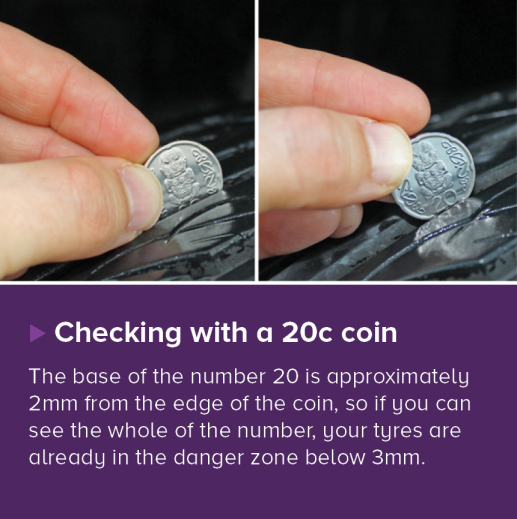
To all those parents out there who check every time they strap their children in, you need to adopt the same excellent approach to tyre safety. For the sake of your children and yourselves.
To all those who check the mountain bike is secured to the bike rack properly when you head out at the weekend for a ride. Take the same approach with your tyres and check them.
To all those who tow a boat or trailer and check the safety chain when they hitch it up, check your tyres at the same time.
Just check your tyres. Please.

We think it's time to change those worn-out tyres.
And we can help! Search tyres by vehicle, driving style and application.
More tips and articles
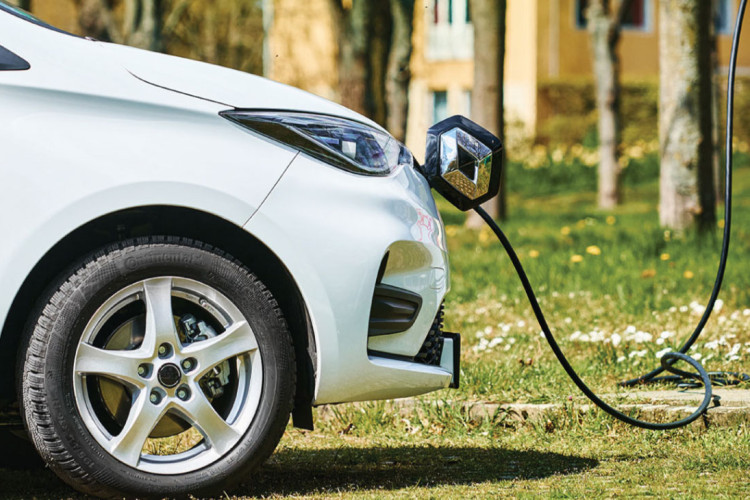
Tyres for Electric Vehicles
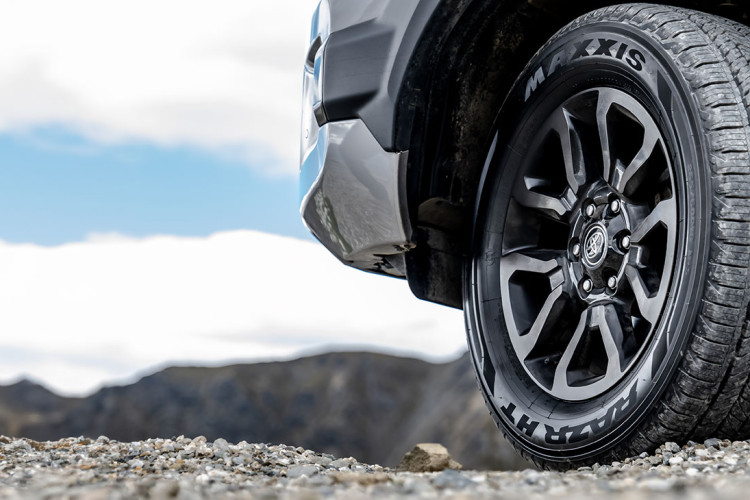
Product Spotlight:
Maxxis HT780 RAZR HT
